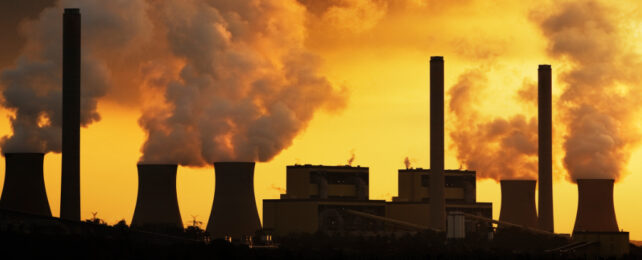
Greenhouse gas levels surged to a new record in 2023, committing the planet to rising temperatures for many years to come. CO2 is accumulating in the atmosphere faster than any time experienced during human existence.

Some 3.26 billion years ago a giant rock between 50 and 200 times the size of the Chicxulub dino-killer smacked into our planet. The result of this impact may have churned up nutrients that gave a select few early microbes a boost.

Approximately 41,000 years ago, Earth’s magnetic field briefly reversed during what is known as the Laschamp event. Now scientists has created a sound visualization of this event.

Lightning storms on our planet can dislodge particularly high-energy, or "extra-hot" electrons from the inner radiation belt - a region of space enveloped by charged particles that surround Earth like an inner tube.
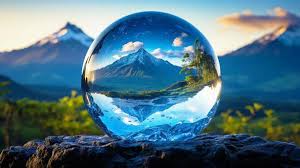
The earliest cells likely didn't have membranes to separate and protect their components and chemistry away from a harsh surrounding environment. But they may have made do with rain.

Highly reactive complex molecules finding some sort of stability was a necessary step towards life getting started on Earth.
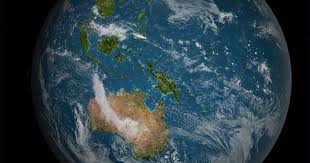
Our planet will only remain able to provide even the most basic standard of living for everyone in the future if economic systems and technologies are dramatically transformed and critical resources are more fairly used, managed and shared.
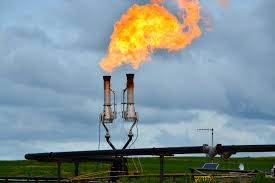
Methane concentrations in Earth's atmosphere increased at record speed over the past five years. At least two-thirds of annual methane emissions now come from human activities.
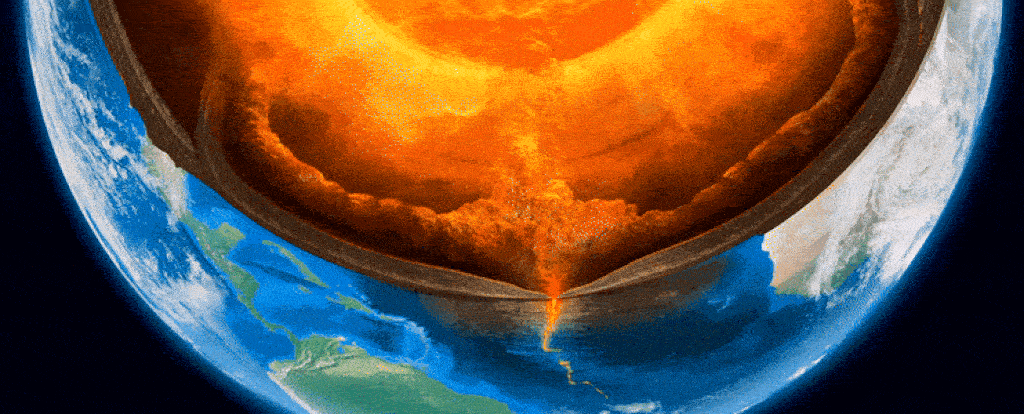
Scientists have now identified a strange slice of Earth deep below the Pacific that may explain why this region is currently creating the world's fastest spreading ocean ridge – the East Pacific Rise.
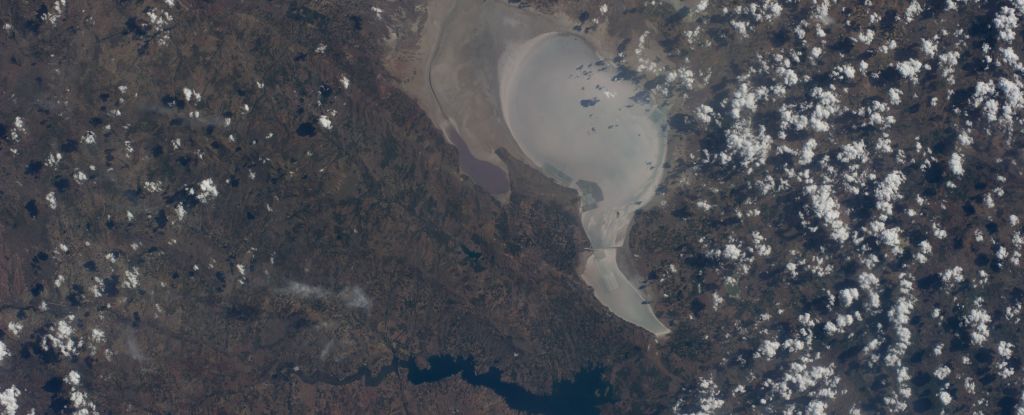
Crinkles and divots in the surface of Earth on Türkiye's Central Anatolian Plateau are the smoking gun for a newly discovered class of plate tectonics.
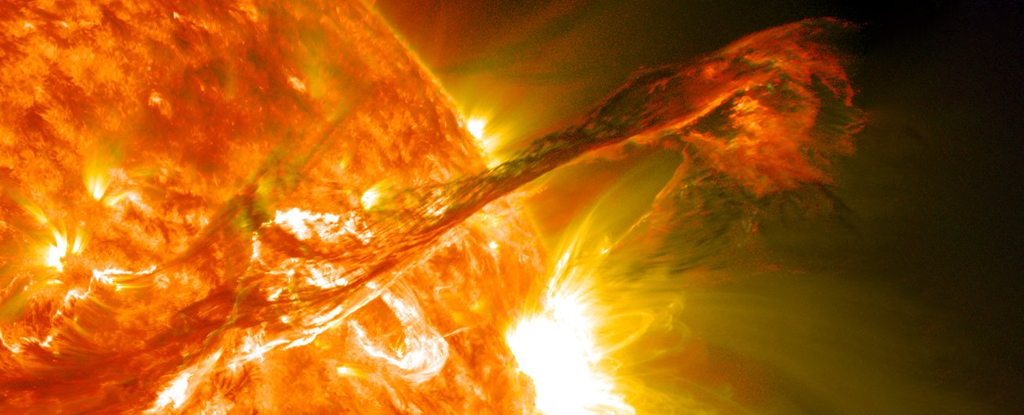
Extreme solar storms could spell disaster for our highly technological society because they have the potential to damage satellites and bring down communications networks and global electricity grids.
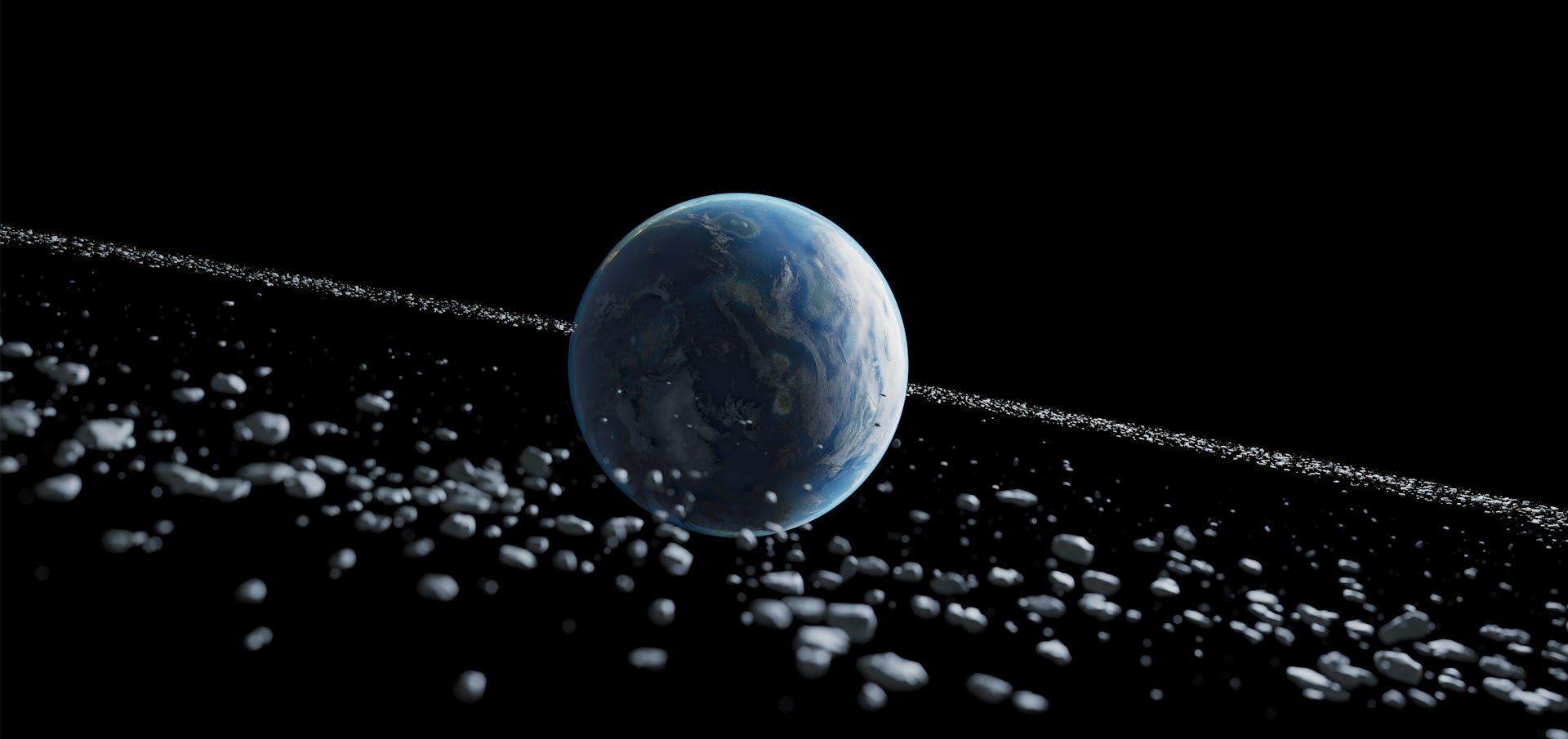
The rings of Saturn are some of the most famous and spectacular objects in the Solar System. Earth may once have had something similar.
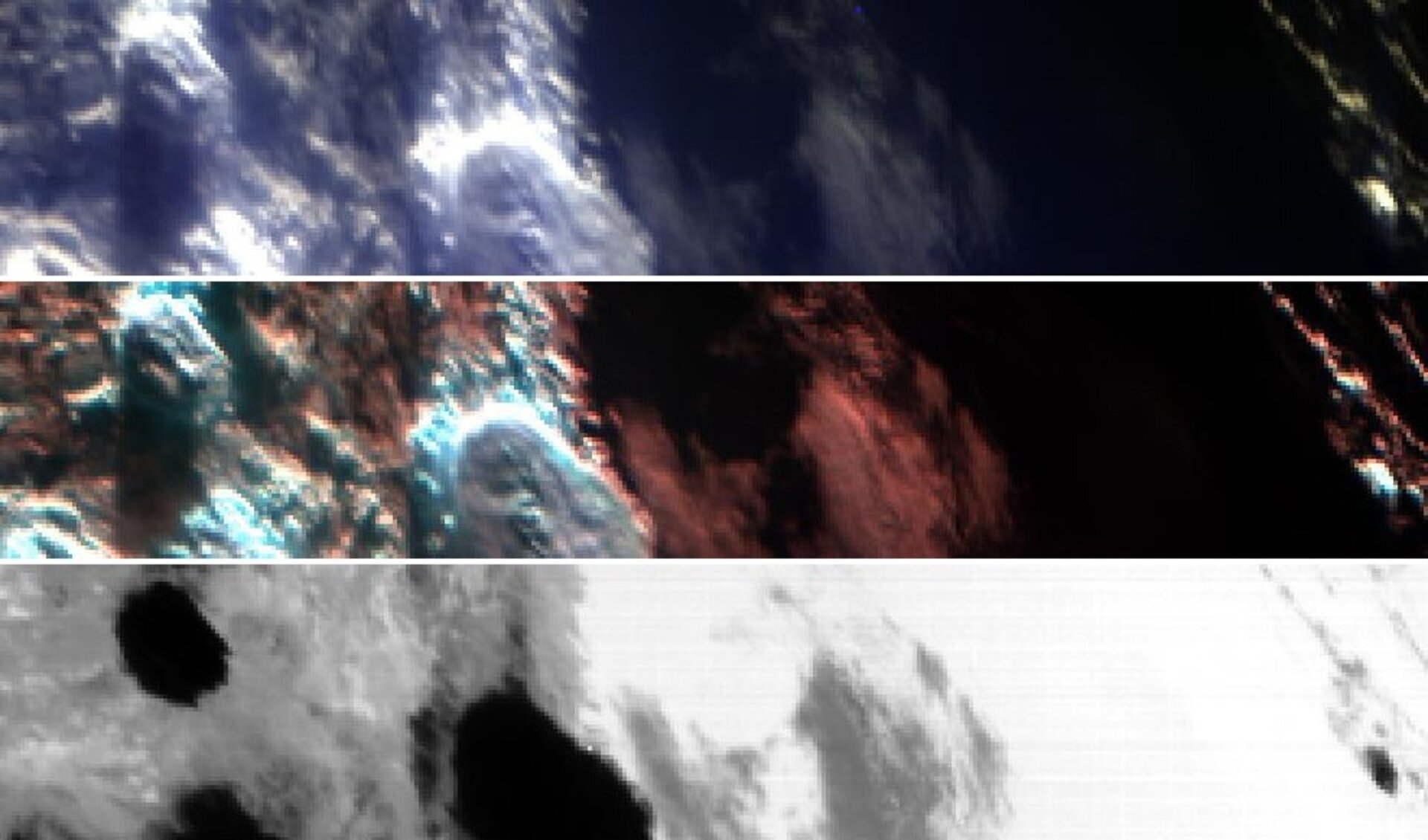
During its flyby of Earth on 20 August, ESA's Jupiter Icy Moons Explorer (Juice) found ingredients for life in Earth's atmosphere - the so-called ‘CHNOPS’ elements (carbon, hydrogen, nitrogen, oxygen, phosphorous and sulphur).
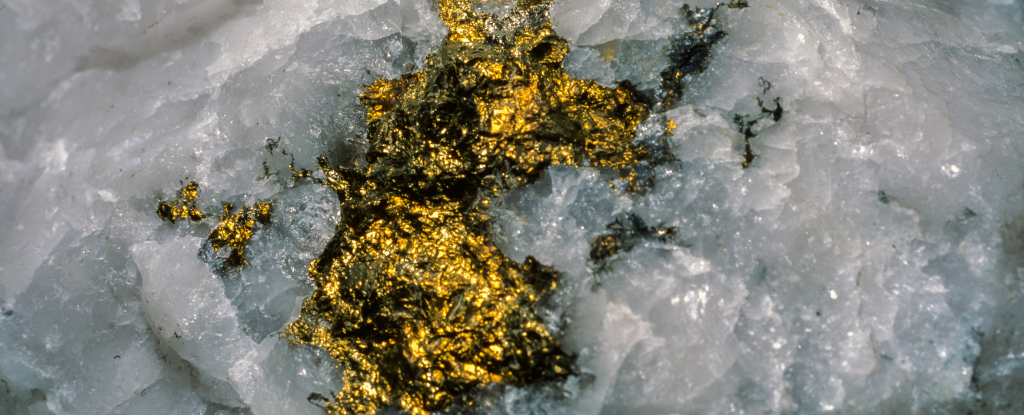
New findings by scientists in Australia could challenge what we thought we knew about the way gold nuggets bloom in vast reefs beneath our feet.
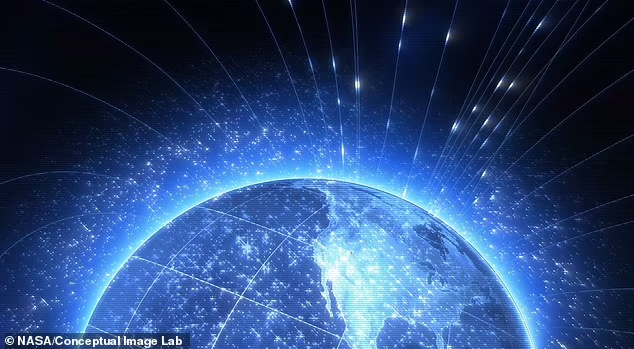
An international team of scientists has successfully measured a planet-wide electric field thought to be as fundamental to Earth as its gravity and magnetic fields.